- Written By Team DWS
- Festivals
- April 08, 2025
Celebrating Hanuman Jayanti: Significance, Rituals, and Celebrations
Hanuman Jayanti, the festival celebrating the birth of Lord Hanuman, holds immense significance in Hindu culture. As one of the most revered deities in Hinduism, Lord Hanuman symbolizes strength, devotion, loyalty, and courage. Celebrated primarily by devotees across India, Hanuman Jayanti brings together communities in a myriad of rituals and joyous festivities each spring.
Significance of Hanuman Jayanti
The legend of Hanuman is deeply intertwined with the epic Ramayana. Born to Anjana and Kesari, Hanuman embodies the qualities of a true devotee—selflessness, faith, and service to others. His unwavering devotion to Lord Rama, the seventh incarnation of Lord Vishnu, stands as a testament to the power of loyalty. Hanuman is revered as the deity who helps devotees overcome obstacles and challenges, making his role even more important in today’s world, where individuals often seek strength and support in their personal struggles.
Hanuman Jayanti is not only a religious observance but is also a time for people to reflect on the virtues exemplified by Hanuman. His legends inspire bravery and persistence in the face of adversity, reminding us that we, too, can muster the strength required to confront our own life challenges.
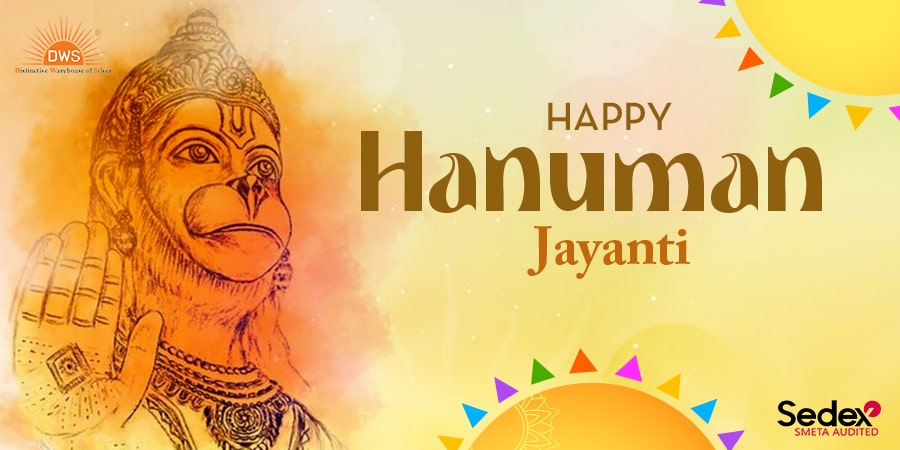
When Is Hanuman Jayanti Celebrated?
The date of Hanuman Jayanti varies across regions and traditions. Generally, the festival is celebrated on the full moon day (Purnima) of the Chaitra month in the Hindu calendar, which falls around March or April in the Gregorian calendar. The calculations can differ, and some regions observe it on different days, with prominent celebrations in parts of North India on the 15th day of the month of Chaitra.
Rituals Associated with Hanuman Jayanti
The observance of Hanuman Jayanti is marked by various rituals, prayers, and festivities that differ among regions but share a common essence of devotion and reverence. Here are some typical rituals followed by devotees:
1. Early Morning Prayers:
Many devotees begin Hanuman Jayanti by taking an early morning bath and performing a prayer ritual (puja) at home or in temples. The chanting of sacred mantras and hymns, particularly the Hanuman Chalisa, is a common practice. This revered text, written by Tulsidas, describes Hanuman’s exploits and virtues and is believed to invoke his blessings.
2. Artistic Offerings:
Devotees often create elaborate altars adorned with sweets, fruits, and flowers. Special dishes like "Ladoo" (sweet balls made of flour and sugar) are prepared to please Hanuman. These offerings symbolize gratitude and respect toward the divine.
3. Temple Celebrations:
Temples dedicated to Lord Hanuman see a significant influx of devotees. Numerous temples organize special ceremonies, including kirtans (devotional singing) and recitations of Hanuman Chalisa. The atmosphere is filled with chants of “Jai Hanuman,” creating a sense of unity among worshippers.
4. Brahman Bhojan:
Feeding the needy and holding community feasts to feed Brahmins (ascetics) is another abiding tradition during Hanuman Jayanti. This practice fosters social harmony and serves as an expression of charity and gratitude.
5. Fasting and Vows:
Many devotees opt for fasting on this day, with some practicing specific dietary restrictions. They dedicate the day to praying, meditation, and reflection as a form of penance, believing that fasting brings them closer to the divine.
6. Processions:
In various regions, especially in urban areas, devotees participate in vibrant processions featuring idols of Hanuman. Participants dance, sing devotional songs, and celebrate the deity’s glory. These processions are often accompanied by live music, drumming, and dancing, creating a festive atmosphere.
Celebrations Around India
Hanuman Jayanti is celebrated differently across regions, reflecting the diverse cultural tapestry of India. In North India, especially in states like Uttar Pradesh and Bihar, large gatherings occur at Hanuman temples, with vibrant processions. Conversely, in South India, Hanuman Jayanti aligns with the custom of performing special poojas, followed by communal feasting.
In many regions, Hanuman Jayanti celebrations can include dramas and reenactments of pivotal moments from the Ramayana, showcasing Hanuman’s invaluable contributions in the battle against evil. These performances invite both devotees and non-devotees, promoting cultural awareness.
Conclusion
Hanuman Jayanti not only honors the great devotee but also reinforces the virtues of strength, dedication, and service. It encourages individuals to reflect on their own lives, motivating them to act with bravery in times of adversity. As communities gather to celebrate with rituals, prayers, and festivities, Hanuman Jayanti serves as a reminder of the enduring power of devotion and the importance of selfless service. This auspicious occasion inspires individuals to emulate Lord Hanuman's unwavering commitment, teaching us the value of humility and loyalty in our relationships and responsibilities. As we collectively honor this revered figure, we are reminded to harness our inner strength and resilience, fostering an environment of support and unity within our communities. Ultimately, Hanuman Jayanti is not just a celebration of a divine being but also a call to action for each of us to embody the qualities that make us better individuals and compassionate members of society.

Hanuman Jayanti FAQs: Your Guide to Celebrating the Festival
Here are some frequently asked questions (FAQs) about Hanuman Jayanti:
1. What is Hanuman Jayanti?
Hanuman Jayanti is a Hindu festival that celebrates the birth of Lord Hanuman, an ardent devotee of Lord Rama and a central figure in the Hindu epic Ramayana. It is observed on the full moon day (Purnima) in the month of Chaitra, which usually falls in March or April.
2. Why is Hanuman revered in Hinduism?
Lord Hanuman is revered for his unwavering devotion to Lord Rama, immense strength, courage, and selfless service. He symbolizes devotion, loyalty, and the importance of faith.
3. When is Hanuman Jayanti celebrated?
The date of Hanuman Jayanti varies each year based on the lunar calendar. It typically falls in March or April. For the specific date in a given year, it is best to consult a Hindu calendar.
4. How do people celebrate Hanuman Jayanti?
Celebrations can include visiting Hanuman temples, offering prayers, chanting Hanuman Chalisa, reading the Ramayana, and participating in community events. Many devotees engage in fasting, recite hymns, and offer sweets and other offerings to the deity.
5. What are common rituals performed on Hanuman Jayanti?
Common rituals include lighting lamps, performing pujas (worship rituals), offering sindoor (vermilion) and sweets like laddu, and reciting sacred texts related to Lord Hanuman.
6. Is there a significance to fasting on Hanuman Jayanti?
Many devotees observe fasting on Hanuman Jayanti as a form of devotion and penance. It is believed that fasting can help purify the body and mind, enhancing one’s spiritual practices and devotion.
7. What is the Hanuman Chalisa?
The Hanuman Chalisa is a devotional hymn dedicated to Lord Hanuman, composed by the poet Tulsidas. It consists of 40 verses (chalisa means 40) and is believed to invoke strength, courage, and protection. Many devotees recite it on Hanuman Jayanti.
8. Are there any specific places of worship for Hanuman Jayanti?
While Hanuman Jayanti is celebrated globally, certain temples dedicated to Lord Hanuman, such as the Hanuman Temple in Delhi, Sankat Mochan Temple in Varanasi, and many others, see large gatherings of devotees for this occasion.
9. Can anyone celebrate Hanuman Jayanti?
Yes, Hanuman Jayanti can be celebrated by anyone, regardless of their background, as it is a festival that signifies devotion, strength, and the importance of faith in overcoming obstacles.
10. What is the significance of the color associated with Hanuman?
The color saffron or orange is commonly associated with Lord Hanuman, symbolizing purity and renunciation. These colors are often worn by devotees during Hanuman Jayanti festivities.
11. How does Hanuman Jayanti differ from similar festivals?
Hanuman Jayanti is specifically dedicated to Lord Hanuman, contrasting with festivals like Rama Navami, which celebrates the birth of Lord Rama, or Diwali, which celebrates the return of Lord Rama to Ayodhya.
12. What is the spiritual message of Hanuman Jayanti?
The spiritual message of Hanuman Jayanti revolves around devotion, selfless service, inner strength, humility, and the power of faith in overcoming challenges on the spiritual path.
These FAQs provide essential information about Hanuman Jayanti, its significance, and the ways in which it is celebrated by devotees.
Popular on Blogs
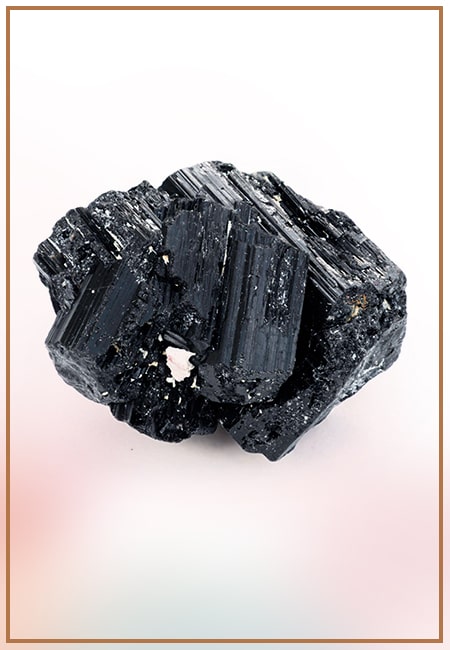
Black Tourmaline: Meaning, Healing Properties, Fascinating Facts, Powerful Attributes, Versatile Uses, and Beyond
September 05, 2023 / BY Team DWS
Black Tourmaline, also known as Schorl, is a highly revered crystal with incredible metaphysical properties. It derives its name from the Dutch word "turamali," meaning "stone with ..

Carnelian Stone: Meaning, Healing Properties, Power, Facts, Color, Uses and More
December 26, 2023 / BY Team DWS
Carnelian is a vibrant and captivating gemstone that holds a plethora of meanings, healing properties, and powers. Its warm and fiery energy makes it a popular choice among crystal ..
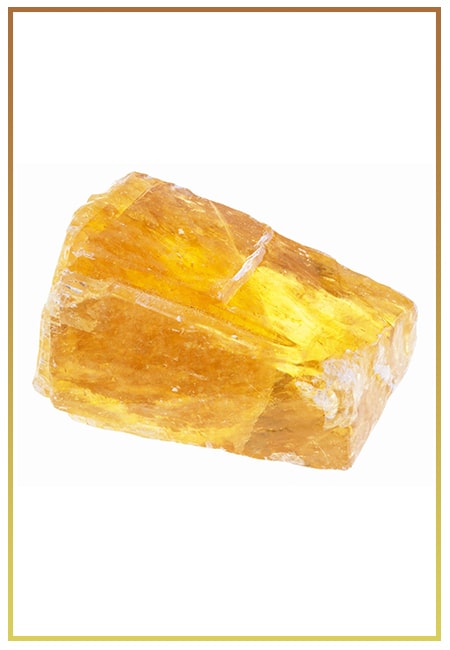
Citrine: Exploring its Meaning, Healing Properties, Fascinating Facts, Powers, Versatile Uses, and Much More
November 18, 2023 / BY Team DWS
Citrine, with its warm golden hues, has captured the attention and imagination of people for centuries. This beautiful gemstone, commonly associated with wealth and prosperity, hol ..

Black Onyx: Unveiling the Meaning, Healing Properties, Fascinating Facts, Powerful Attributes, Versatile Uses, and Beyond
July 25, 2023 / BY Team DWS
Black Onyx, a striking gemstone admired for its deep black hue and elegant appearance, has captivated people for centuries. In this comprehensive guide, we will delve into the mean ..
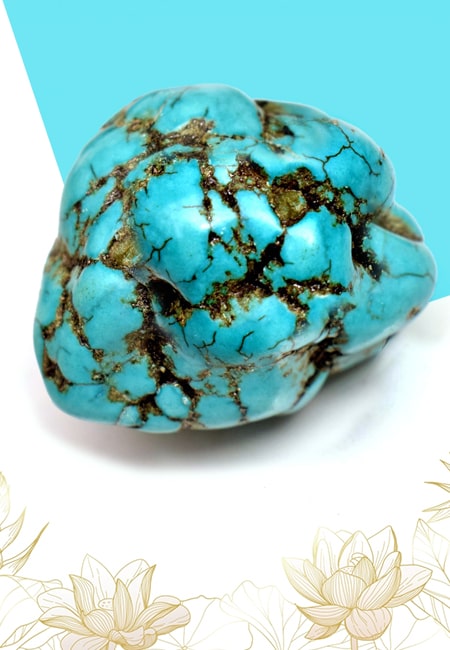
Unveiling the Mysteries of Turquoise Stone: Exploring its Meaning, Healing Properties, Power, Facts, Color, Uses, and More
December 05, 2023 / BY Team DWS
Turquoise, with its captivating blue-green hue, has been adorning jewelry and artifacts for centuries. This striking stone has a rich history, rich symbolism, and a plethora of int ..
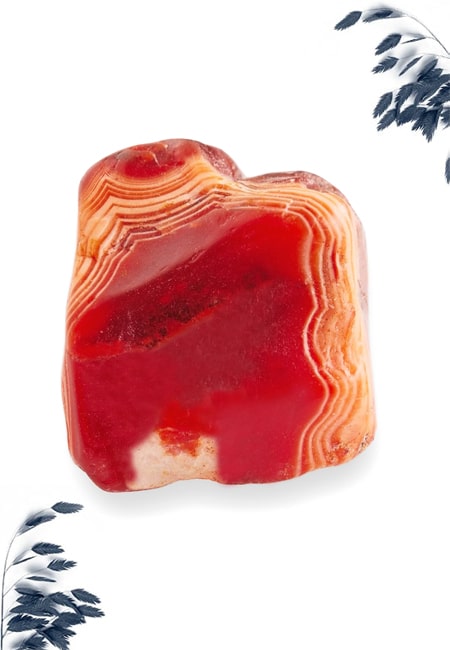
The History Behind The Popularity of Red Agate
December 23, 2022 / BY Team DWS
An Agate is a type of magma rock that takes many years till it is washed out naturally into the water. And that is the reason this stone has elements of water. This beautiful stone ..

Plan a Perfect Valentine's Week with Our Valentine Week List 2025
January 22, 2024 / BY Team DWS
Valentine's Day is undoubtedly the most romantic day of the year, but we believe that one day is just not enough to express your love and make your partner feel special. That's why ..

Bloodstone: Unveiling the Meaning, Healing Properties, Facts, Powers, Uses, and More
August 21, 2023 / BY Team DWS
Bloodstone, with its captivating deep green color with specks of red, is a mesmerizing gemstone that has fascinated civilizations for centuries. It possesses unique healing propert ..


